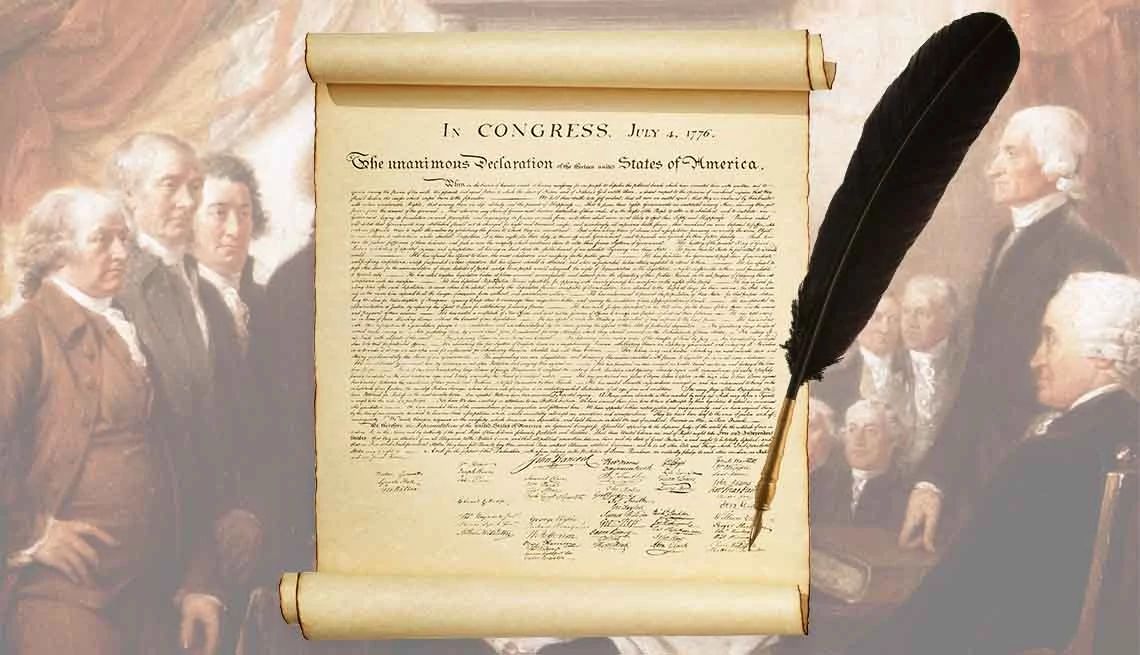AARP Hearing Center


Every July Fourth, America throws a party with barbecues, festivals, ballgames and beer. Often lost in the crackle of fireworks is the reason why we celebrate in the first place.
July Fourth is Independence Day, the birthday of the United States. On this day, the Founding Fathers adopted the Declaration of Independence, a document that still exists and is on display in the National Archives building in Washington, D.C. Its value is incalculable.
We asked Colleen Joy Shogan, a former archivist of the United States, to unravel the mystery of America’s most important piece of paper (actually, it’s not paper … we’ll get to that in a moment).
Shogan, a Yale Ph.D. who has authored numerous books, was the first woman to be appointed chief archivist of the United States (she was in office from 2023 to earlier in 2025). That means she was ultimately in charge of the 13.5 billion pieces of paper, 725,000 artifacts and 450 million feet of film that make up the National Archives, including the U.S. Constitution and all the papers in the 16 presidential libraries.
Few, if any, of those records is more important than our Declaration of Independence — the reason we celebrate July Fourth.
This interview has been edited for length and clarity.
Did Thomas Jefferson write the Declaration of Independence alone?
It was a little bit of a group project, but Thomas Jefferson penned the draft. While the Declaration hangs on display at the National Archives, the original draft of the Declaration is at the Library of Congress. It’s in some ways a more interesting document than the final embossed copy, because it shows Thomas Jefferson’s original thinking on the Declaration, and you can see the cross-outs and changed words, mostly from John Adams and Ben Franklin.


































































You Might Also Like
Hit the Trail: 7 Great Hikes for Older Americans
Explore spectacular landscapes on these not-so-strenuous outdoor excursions
Visit Hidden Gems of the Revolutionary War
Visit these 7 spots to celebrate the 250th anniversary of the American Revolution
Discover 8 Inspiring American Pilgrimages
Visit meaningful sites with purpose across the U.S. and beyond